Energy Smarts
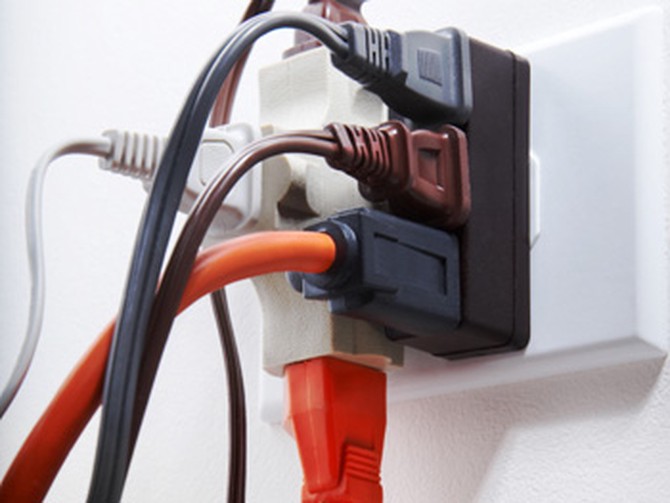
Disconnect Your Appliances
Disconnect
Let's start with a no-cost step. About 75 percent of the energy consumed by home appliances occurs while they're turned off but still plugged in. Unplug everything in your house that doesn't need to be connected full-time, or plug cords in to surge protectors, which can be flipped on as needed.
Let's start with a no-cost step. About 75 percent of the energy consumed by home appliances occurs while they're turned off but still plugged in. Unplug everything in your house that doesn't need to be connected full-time, or plug cords in to surge protectors, which can be flipped on as needed.

Programmable Thermostats
Curb Your Temper(ature)
Every degree you lower the thermostat in winter and raise it in summer can reduce your heating and cooling bills by 1 percent or more. Install an automatic, programmable thermostat (they typically cost $40 to $100) that allows you to set specific temperatures for different times of day. For example, in winter you don't need it as warm when you're sleeping, and in summer you don't need to cool the house while you're at work. According to the U.S. Environmental Protection Agency (EPA), the device can save you about $150 a year.
While on the subject of temperature, make sure your water heater is set at the mid-range of 120 degrees; anything hotter and you're wasting energy. And if your water heater is at least three years old, wrap it in an insulation blanket (newer models are better insulated), which costs less than $10 at your local hardware store and will save enough energy to prevent the release of up to 1,000 pounds of carbon dioxide, as per climatecrisis.net.
Every degree you lower the thermostat in winter and raise it in summer can reduce your heating and cooling bills by 1 percent or more. Install an automatic, programmable thermostat (they typically cost $40 to $100) that allows you to set specific temperatures for different times of day. For example, in winter you don't need it as warm when you're sleeping, and in summer you don't need to cool the house while you're at work. According to the U.S. Environmental Protection Agency (EPA), the device can save you about $150 a year.
While on the subject of temperature, make sure your water heater is set at the mid-range of 120 degrees; anything hotter and you're wasting energy. And if your water heater is at least three years old, wrap it in an insulation blanket (newer models are better insulated), which costs less than $10 at your local hardware store and will save enough energy to prevent the release of up to 1,000 pounds of carbon dioxide, as per climatecrisis.net.
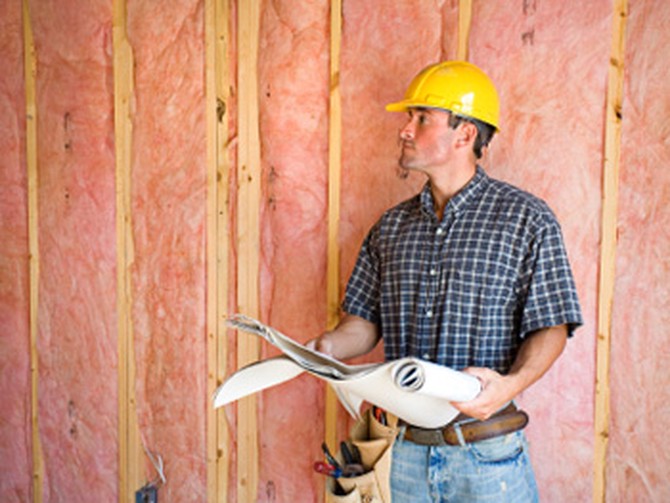
Upgrade Your Home's Insulation
Dodge the Draft
Closing off drafts and boosting insulation can help reduce your heating and cooling bills by up to 20 percent, according to Energy Star, a joint project of the EPA and the U.S. Department of Energy. To start, buy simple caulk and weather-strip and plug every known draft site in your house, from the windows and doors to the electric and cable sockets. Then upgrade your home's insulation. A 2003 study conducted by Harvard's School of Public Health estimates that nearly two-thirds of U.S. homes are underinsulated. While seven inches of attic insulation is common, adding another five to eight inches will boost your energy efficiency.
If you're game, tackle the project yourself: To download a free brochure on do-it-yourself insulating projects, go to Energystar.gov and type "home sealing" in the search box. Also, ask a home-supply-store representative about eco-friendly insulation products such as cellulose (shredded, treated old newspapers) and the new generation of formaldehyde-free fiberglass insulation.
Closing off drafts and boosting insulation can help reduce your heating and cooling bills by up to 20 percent, according to Energy Star, a joint project of the EPA and the U.S. Department of Energy. To start, buy simple caulk and weather-strip and plug every known draft site in your house, from the windows and doors to the electric and cable sockets. Then upgrade your home's insulation. A 2003 study conducted by Harvard's School of Public Health estimates that nearly two-thirds of U.S. homes are underinsulated. While seven inches of attic insulation is common, adding another five to eight inches will boost your energy efficiency.
If you're game, tackle the project yourself: To download a free brochure on do-it-yourself insulating projects, go to Energystar.gov and type "home sealing" in the search box. Also, ask a home-supply-store representative about eco-friendly insulation products such as cellulose (shredded, treated old newspapers) and the new generation of formaldehyde-free fiberglass insulation.
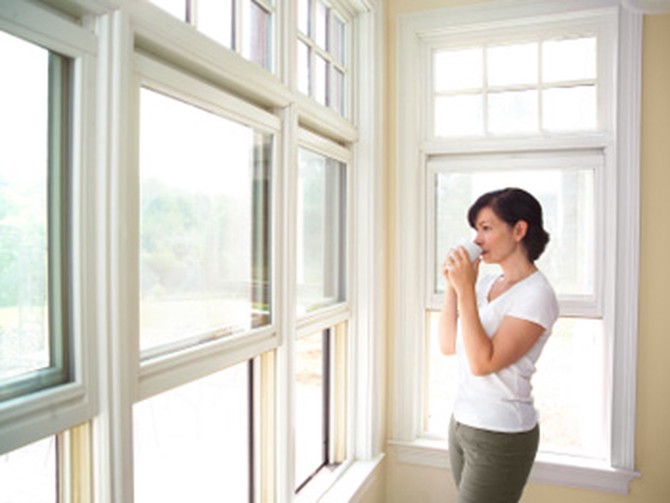
Double-Pane Windows
No Pane, No Gain
Replacing single-pane windows with energy-efficient double panes can reduce your heating and cooling needs by close to one-third. But because each window can cost a budget-busting few hundred dollars, you may want to replace the windows one side of your house at a time. Or if that's too much to take on right now and you live in a cold climate, consider installing less expensive storm windows. Give your doors the once-over, too; an air-trapping door sweep costs about $15, is easy to install, and can reduce the air that escapes through the gap between the bottom of your door and the floor.
Replacing single-pane windows with energy-efficient double panes can reduce your heating and cooling needs by close to one-third. But because each window can cost a budget-busting few hundred dollars, you may want to replace the windows one side of your house at a time. Or if that's too much to take on right now and you live in a cold climate, consider installing less expensive storm windows. Give your doors the once-over, too; an air-trapping door sweep costs about $15, is easy to install, and can reduce the air that escapes through the gap between the bottom of your door and the floor.
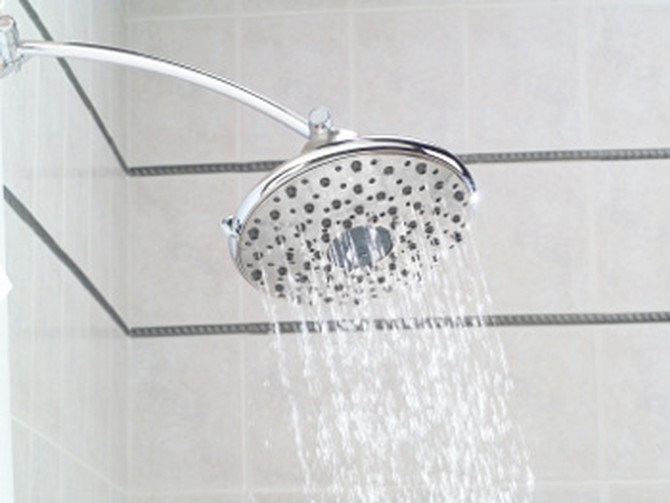
Low-Flow Showerhead
Go with the (Low) Flow
A low-flow showerheadwhich uses less hot watercan reduce carbon-dioxide emissions 376 pounds and lower your utility bill $20 to $40 annually. That's enough to recoup the cost of a new showerhead.
A low-flow showerheadwhich uses less hot watercan reduce carbon-dioxide emissions 376 pounds and lower your utility bill $20 to $40 annually. That's enough to recoup the cost of a new showerhead.
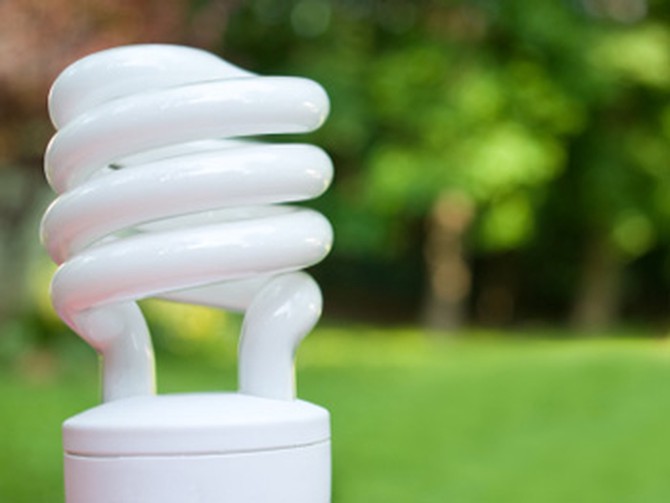
Compact Florescent Lightbulbs
Lighten Up
About a quarter of the energy needed for our homes goes toward keeping on the lights. According to the Energy Star folks, if every U.S. household replaced one traditional lightbulb with an energy-efficient compact fluorescent lamp (CFL), we would save $600 million in utility bills and enough energy to light 3 million homes each year. CFLs cost more, but they use nearly 75 percent less energy and last about 10 times longer than incandescent lightbulbs. That adds up to about $30 of savings over the life of each bulb.
About a quarter of the energy needed for our homes goes toward keeping on the lights. According to the Energy Star folks, if every U.S. household replaced one traditional lightbulb with an energy-efficient compact fluorescent lamp (CFL), we would save $600 million in utility bills and enough energy to light 3 million homes each year. CFLs cost more, but they use nearly 75 percent less energy and last about 10 times longer than incandescent lightbulbs. That adds up to about $30 of savings over the life of each bulb.
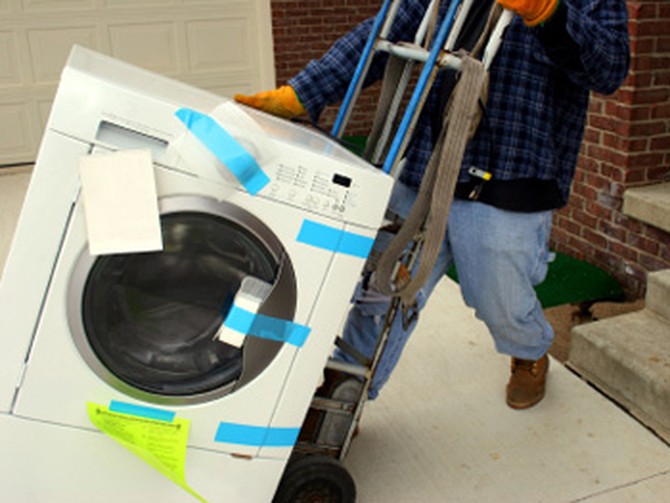
Energy-Efficient Appliances
Become Utilitarian
When it's time to replace an appliance, choose a model that has the Energy Star approval rating. One of the biggest energy hogs is the refrigerator; an energy-efficient model could shave $55 a year off your utility bill, which means you'd recoup the extra purchase price of a mid-range fridge in just two or three years. And check with your electric company to see if it's one of the many that will offset some of the extra cost (usually about 15 percent) of an energy-efficient model; to find other types of energy-saving incentives, go to dsireusa.org. Also, certain green-home projects completed by the end of this year may be eligible for a federal tax creditso be sure to save your receipts.
When it's time to replace an appliance, choose a model that has the Energy Star approval rating. One of the biggest energy hogs is the refrigerator; an energy-efficient model could shave $55 a year off your utility bill, which means you'd recoup the extra purchase price of a mid-range fridge in just two or three years. And check with your electric company to see if it's one of the many that will offset some of the extra cost (usually about 15 percent) of an energy-efficient model; to find other types of energy-saving incentives, go to dsireusa.org. Also, certain green-home projects completed by the end of this year may be eligible for a federal tax creditso be sure to save your receipts.

Erase Your Footprint
Erase Your Footprint
If you can't afford to convert every square foot of your home into a paradigm of energy efficiencyand let's face it, very few of us canthen try the next best thing: Purchase carbon offsets. For every pound of carbon dioxide your home releases, you can fund an environment-friendly endeavor that reduces the amount of greenhouse gases released into the air.
Offsets are sold by a number of nonprofit and for-profit organizations that invest the money in eco-friendly projects such as reforestation, renewable energy, and power-plant carbon credits. You can calculate an estimate of your home's carbon footprint and purchase offsets at Carbonfund.org and Terrapass.com.
More ways you can go green everyday
If you can't afford to convert every square foot of your home into a paradigm of energy efficiencyand let's face it, very few of us canthen try the next best thing: Purchase carbon offsets. For every pound of carbon dioxide your home releases, you can fund an environment-friendly endeavor that reduces the amount of greenhouse gases released into the air.
Offsets are sold by a number of nonprofit and for-profit organizations that invest the money in eco-friendly projects such as reforestation, renewable energy, and power-plant carbon credits. You can calculate an estimate of your home's carbon footprint and purchase offsets at Carbonfund.org and Terrapass.com.
More ways you can go green everyday
Published 01/01/2006

